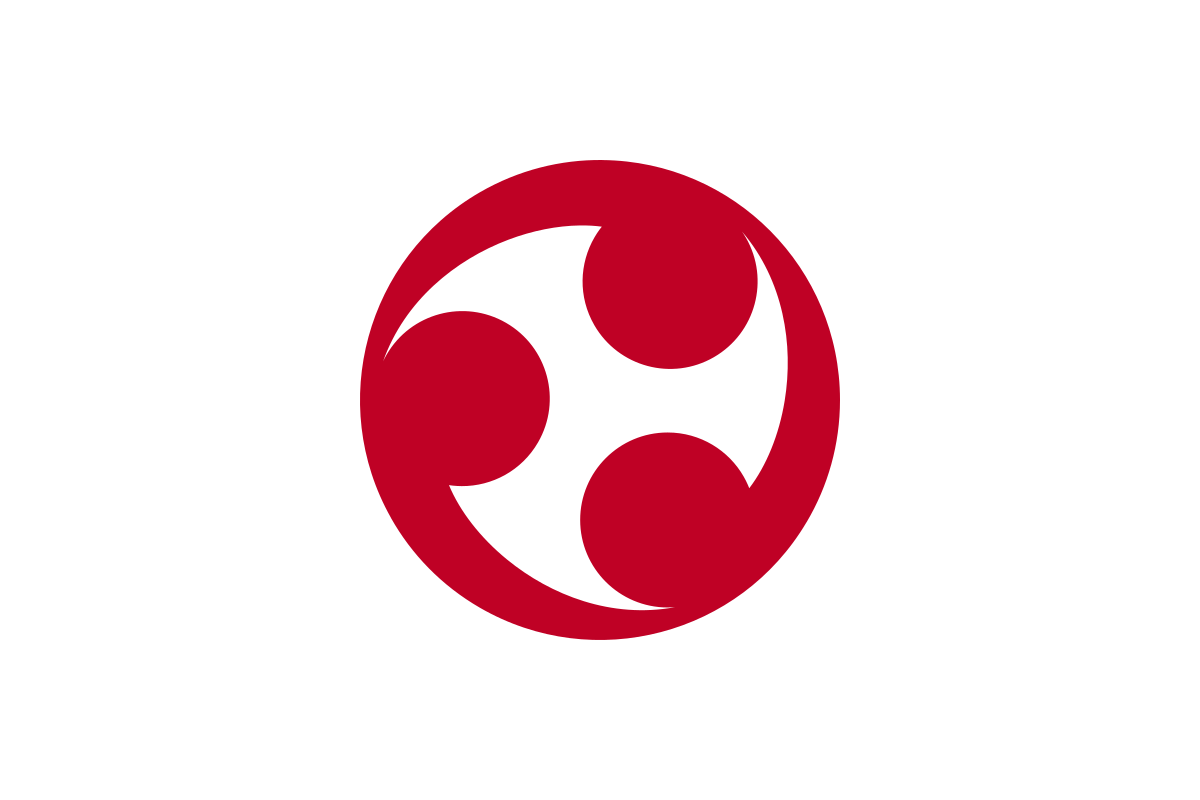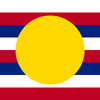
Flag of Japanese Taiwan (I&B4) by @Thorvald (El Thorvaldo)
In Iron and Blood 4, Japan's Taiwan Region encompasses the country's southern expansion into the East China Sea. The Anglo-Dutch sailor William Adams (Miura Anjin) introduced Western designs to the Red Seal Fleet, which aided Clan Shimazu in the conquest and vassalization of the Ryukyu Kingdom in 1609. A modernized war fleet participated in the Ming invasion of an independent Canton in 1662; Japanese intervention destroyed the Ming navy, stranding the expedition on the mainland while Japan invaded and conquered Taiwan. The island became the headquarters for the Southern Fleet, which provided anti-piracy and escort duties for European traders, growing into a naval base rivaling the Shimazu. It remained loyal to the government during the 1798–1802 civil war, besting the Shimazu fleet to secure naval supremacy for the remainder of the war, and Clan Shōni became a member of the Second Regency Council, but Taiwan was annexed into direct state control following the attempted secession of periphery territories in 1852. By the game's start in 1931, Taiwan and the Ryukyu chain had been consolidated as a single administrative region, with the entire Ryukyu archipelago consolidated as Okinawa Province; it remained the base of the Southern Fleet, now the most prestigious formation of the Navy.
Uploaded to the now-defunct IOT Wiki in 2020, replacing JohannaK's original raster. Modified from the USCAR proposed Ryukyu flag by Jecowa, published under the GNU Free Documentation License and Creative Commons Attribution-Share Alike 3.0 Unported License.
Download submitted to DeviantArt October 2022; alternative download available via Patreon.
Comments & Critiques (0)
Preferred comment/critique type for this content: Any Kind



Leave a Comment
You must be logged in and have an Active account to leave a comment.
Please, login or sign up for an account.